Starter Pig Feed
We offer Starter Pig Feed suitable for weaners of 12kg to 25kg bodyweight. Using our feeds, we are confident that your pigs will achieve high growth performance, and there is a low feed conversion ratio. Our feeds are easy to use and you will require no mixing equipment for application.
Feeding your Pigs
The most important part of swine production is knowing the correct way to feed pigs. To meet the necessary nutritional requirement of your pigs, they need a high energy diet that is low in fiber but contains ample protein. Pigs will consume enormous amounts of food quickly. To raise and maintain a healthy stock, maximize growth and reproduction, and increase production, it is necessary to feed them the right food and a balanced diet from wean to finish.
Foods to Avoid
When creating your own pig food mixture, there are certain types of food you’ll want to avoid for reasons ranging from slowed growth rate to outright toxicity. Here are the general foods to avoid in pig feed:
- Sweets and high-sugar foods
- Dog food
- Cracked corn
- Milk
- Fish
- Meat
- Fruits
- Potatoes
Foods high in sugars can slow growth rates while milk, meats, and fish can harbor viruses. Pits and seeds of apples, pears, apricots, and peaches contain a naturally occurring substance called amygdalin which is a cyanogenic glycoside that is released when chewed. Amygdalin will cause illness, discomfort, or even death. Potatoes contain natural toxins called glycoalkaloids, which can cause severe stomach ache or even death (though rare). Glycoalkaloids also contain solanine which destroys red blood cells, causes diarrhea, and heart failure.
Environmental Control For Optimized Growth
To maximize feed intake, a number of other factors need to be considered. These include temperature & environmental control, adequate supply of water, and sanitation control programs.
- Temperature: Pig temperature requirements are important to growth and production. Pigs are highly adaptable animals and can perform well within a range of temperatures. However, temperatures too low or too high can have adverse effects on the stock.
If, for example, temperatures are too cold, a pig will feed more but expend more energy to stay warm, resulting in slow growth. Hot weather can lead to heat stress and reduce feed consumption (and can possibly lead to death), so it is important to keep livestock cool in summer. Consequently, growth and maturity rates slow down, conception rates fall, and pig flow is reduced, disrupting stock levels. Depending on the season, keep buildings well-ventilated or heated, and provide adequate air space within the pen to ensure pig growth and production rates are maintained.
- Water: Provide lots of fresh, clean water. Water is the central part of a pig’s diet. One-half to two-thirds of its body weight is water. Access to clean drinking water is essential to a pig’s growth rate. Newly weaned pigs are especially prone to dehydration. Pigs must have water readily accessible for drinking throughout the day to maintain proper hydration.
- Sanitation: You should endeavor to implement sanitation protocols on your farm. Poor sanitation can lead to undetected disease challenges that reduce food intake. Properly designed feeders will encourage maximum feed intake.

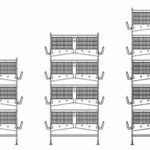


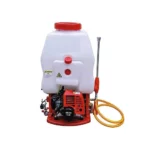
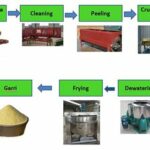
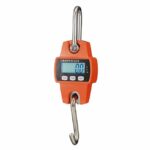
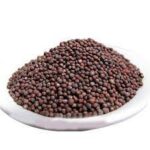






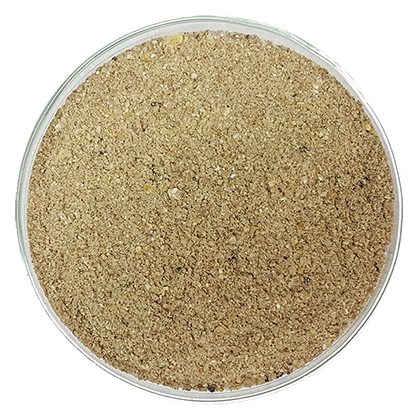
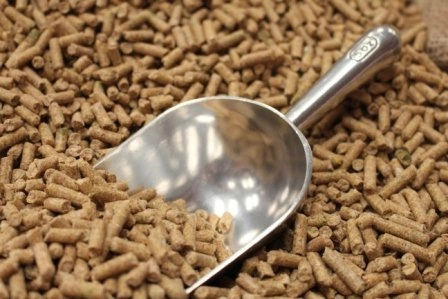
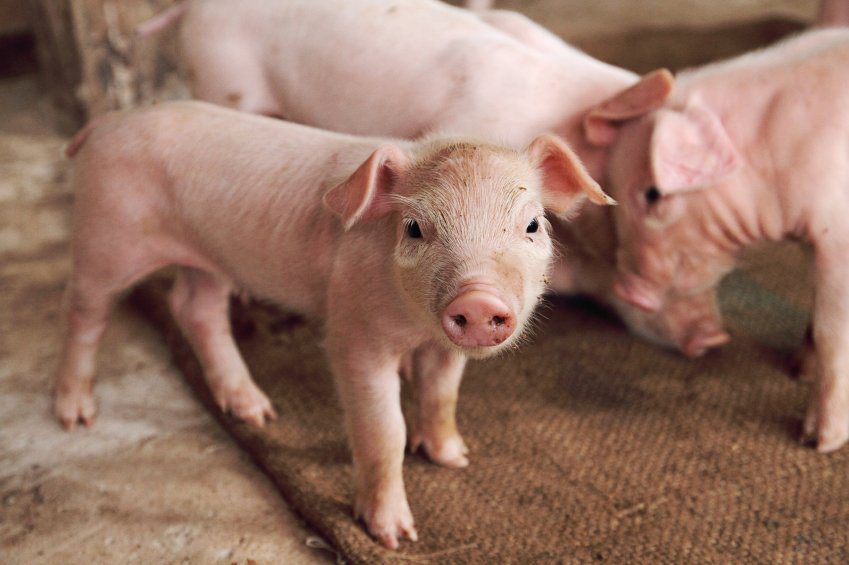
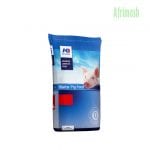
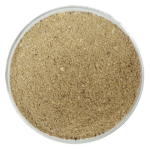
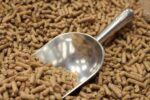
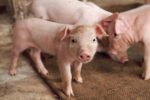
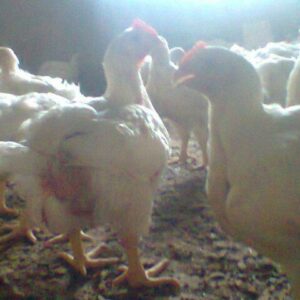

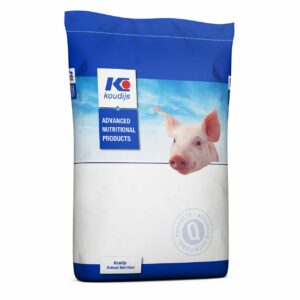
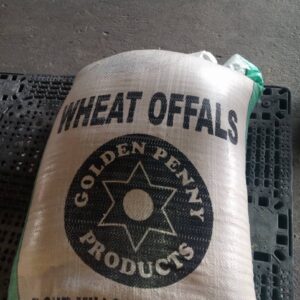

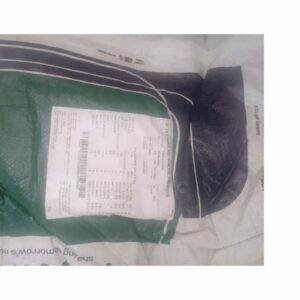
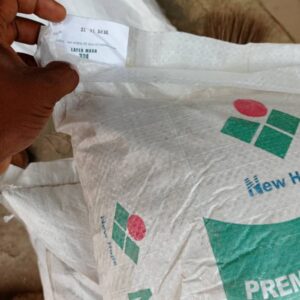
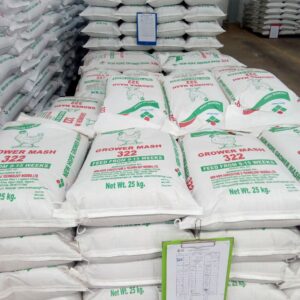
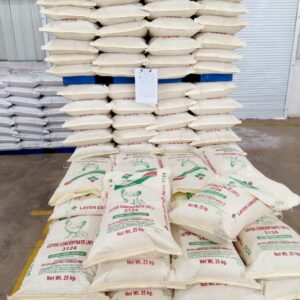
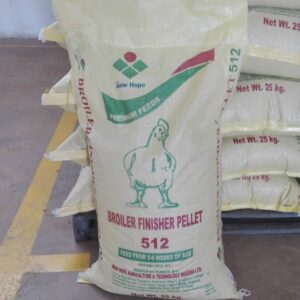
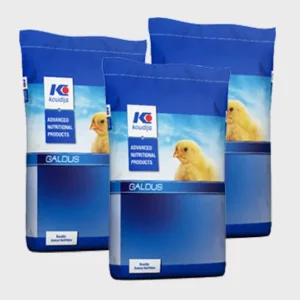
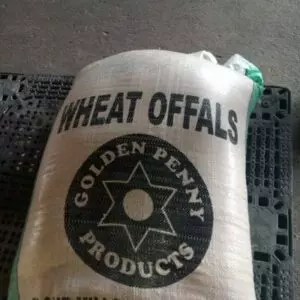
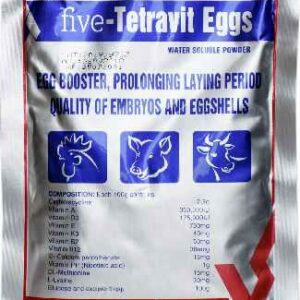
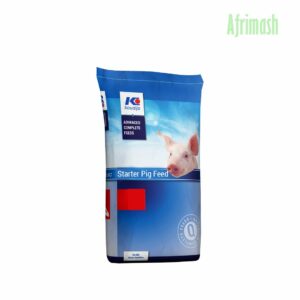
Reviews
Clear filtersThere are no reviews yet.